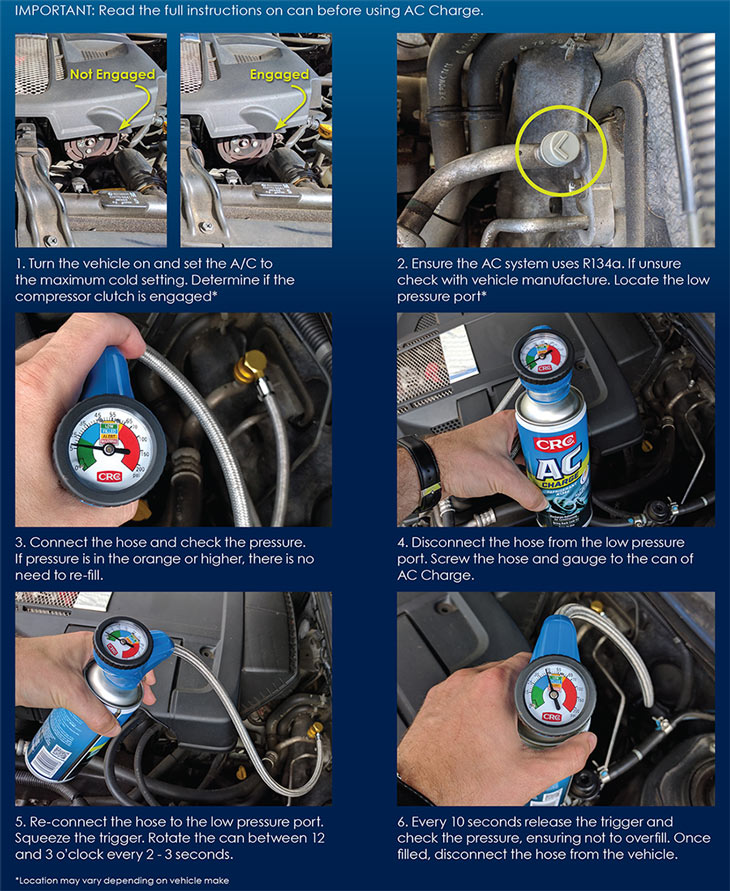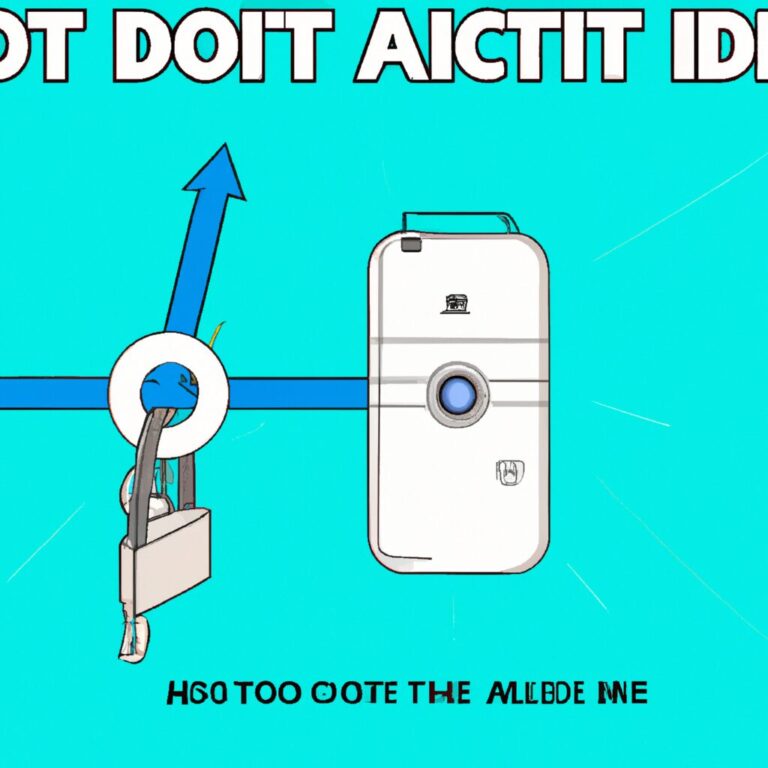How to Release Ac Pressure
To release AC pressure, locate the service valve, connect a pressure gauge, and slowly release the pressure. Releasing AC pressure can prevent damage to the system and ensure proper functioning.
Having the correct pressure in your AC system is essential for optimal performance. By releasing excess pressure, you can prevent issues such as leaks, inefficient cooling, and potential damage to the compressor. Taking the time to release AC pressure properly is a simple yet important maintenance task that can extend the lifespan of your air conditioning system and save you money on costly repairs in the long run.
Read on to learn more about the steps involved in releasing AC pressure effectively.

Credit: www.amazon.com
Steps To Release Ac Pressure
Gather Necessary Tools
Before attempting to release the AC pressure, ensure you have the necessary tools on hand. You will need safety glasses, gloves, and a pressure gauge.
Turn Off The Ac System
Locate the air conditioning system’s power source and turn it off to prevent any electrical accidents while releasing the pressure.
Locate The Ac Pressure Release Valve
The AC pressure release valve is typically located near the compressor. Refer to the vehicle’s manual or seek professional assistance if you are unsure.
Release The Ac Pressure
Simply and carefully press down on the valve to release the air conditioning pressure. Be cautious and follow safety procedures to avoid accidents.
Check The Ac System
After releasing the pressure, inspect the AC system for any signs of damage or leaks. It’s crucial to address any issues before recharging the system.
Recharge The Ac System
Recharge your AC system following the manufacturer’s instructions. Using a pressure gauge, ensure that the system is refilled with the correct amount of refrigerant.

Credit: www.z1motorsports.com

Credit: www.crc.co.nz
Frequently Asked Questions Of How To Release Ac Pressure
How Do You Release Freon From Ac Unit?
To release Freon from an AC unit, contact a certified professional for safe removal and disposal.
What Happens If Ac Pressure Is Too High?
High AC pressure can lead to compressor damage, reduced cooling efficiency, and potential system failure. It is important to address the issue promptly to prevent costly repairs.
What To Do If Ac Is Overcharged?
If your AC is overcharged, contact a professional HVAC technician to drain the excess refrigerant. Operating an overcharged AC can cause damage.
How Do I Get Air Out Of My Ac Without A Vacuum Pump?
To remove air from your AC without a vacuum pump, follow these steps: 1. Turn off the AC and wait for it to cool down. 2. Locate the air bleeder valve on the AC unit. 3. Open the valve and allow the air to escape until only coolant remains.
4. Close the valve securely. 5. Restart the AC and check for improved performance.
How Do You Release Ac Pressure?
To release AC pressure, you can simply turn off the AC, wait for a few minutes, and then slowly unscrew the pressure relief valve on the AC unit. Make sure to release the pressure in a well-ventilated area.
Can I Release Ac Pressure By Myself?
Releasing AC pressure by yourself is possible, but it is recommended to have a professional handle it to avoid any accidents or damage to the AC unit. If you have experience and proper safety precautions, you can do it yourself.
Is It Necessary To Release Ac Pressure Before Servicing?
Yes, it is necessary to release AC pressure before servicing to prevent injury or damage when working on the AC unit. Safety should always be a priority when handling any AC-related tasks.
Conclusion
Releasing AC pressure is a crucial maintenance task for your HVAC system. By following the steps outlined in this guide, you can ensure proper functionality and prevent potential breakdowns. Regular maintenance not only prolongs the lifespan of your AC but also helps you save on costly repairs.
Take care of your system and it will take care of you.

